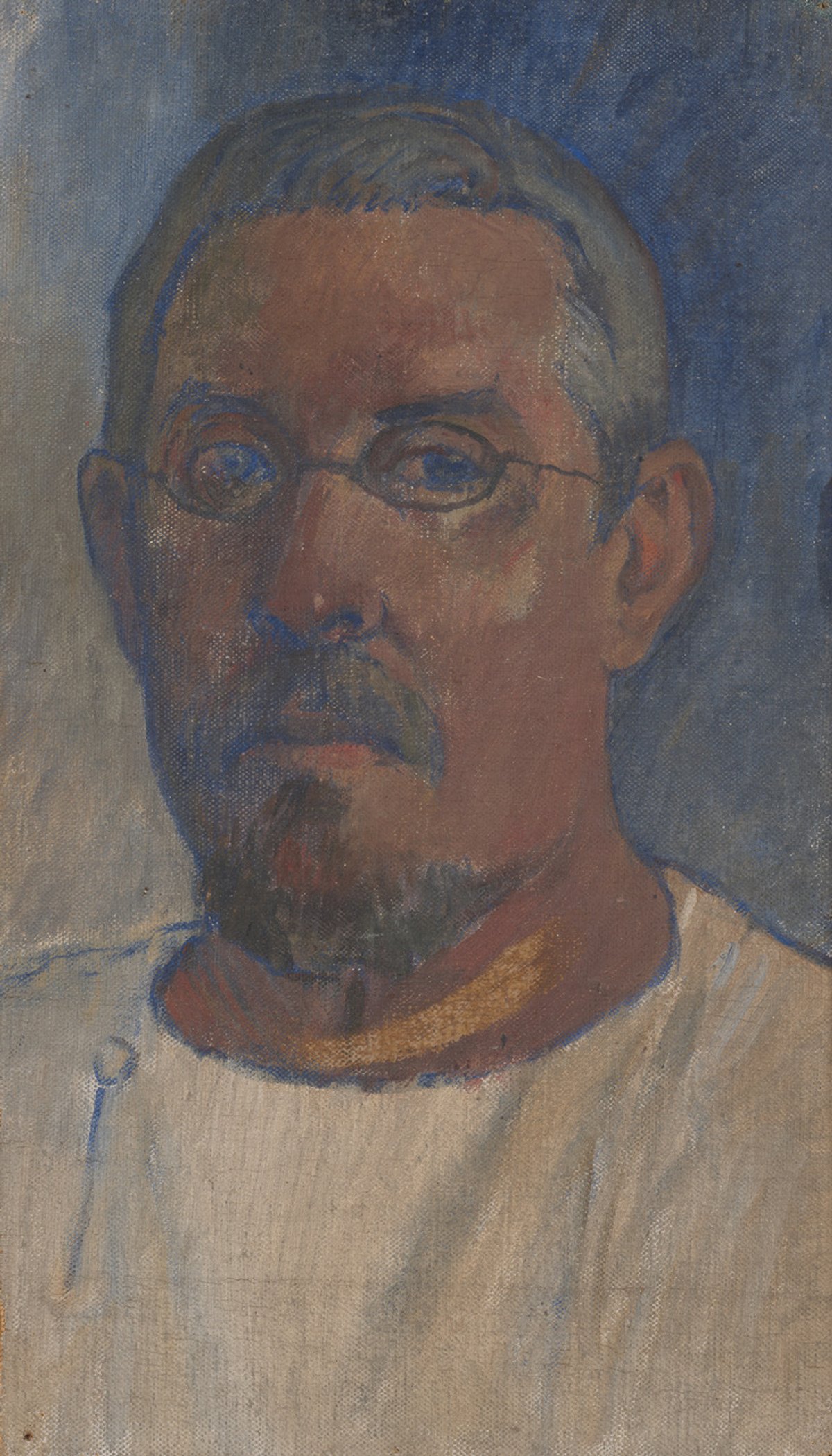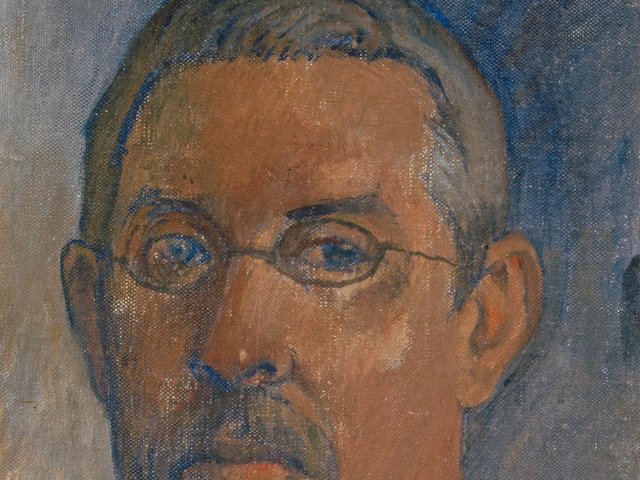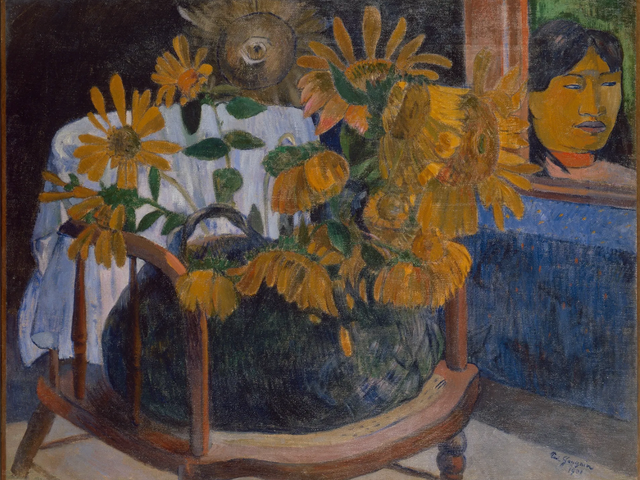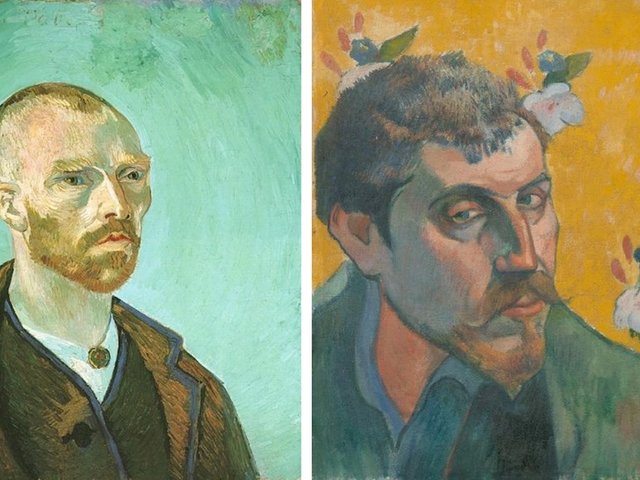Paul Gauguin’s last self-portrait—recently argued to be a fake—is authentic, according to new research at the Kunstmuseum Basel. However, part of the face was retouched after the artist’s death.
The museum’s extensive investigation began after the Gauguin researcher Fabrice Fourmanoir alleged, in May, that the picture was painted in 1916, 13 years after Gauguin’s death. He believes that this was done by Nguyen Van Cam (also known as Ky-Dong), a Vietnamese friend of the artist on the Marquesas island of Hiva Oa.
In a statement, the Kunstmuseum Basel says that the Gauguin attribution “remains valid”, although their technical analysis “revealed that certain areas of the face were… retouched” after his death. This retouching, which is visible under ultraviolet light, was found on the forehead, eyes, nose, chin beard and throat.
Although the museum’s statement does not discuss the implications of the findings, its self-portrait is particularly significant in Gauguin’s oeuvre, since it has determined how we perceive the artist in his final year. It shows Gauguin appearing weak and vulnerable, unlike the brash and confident face of his earlier self-portraits.
In regards to the dating of the retouching, the museum’s conservators found the presence of titanium white pigment in the overpainted areas, including above the left eye. This pigment was not available until 1918, so the overpainting must have been done after that. The retouching can be seen in a 1926 photograph, which means it was completed by then.
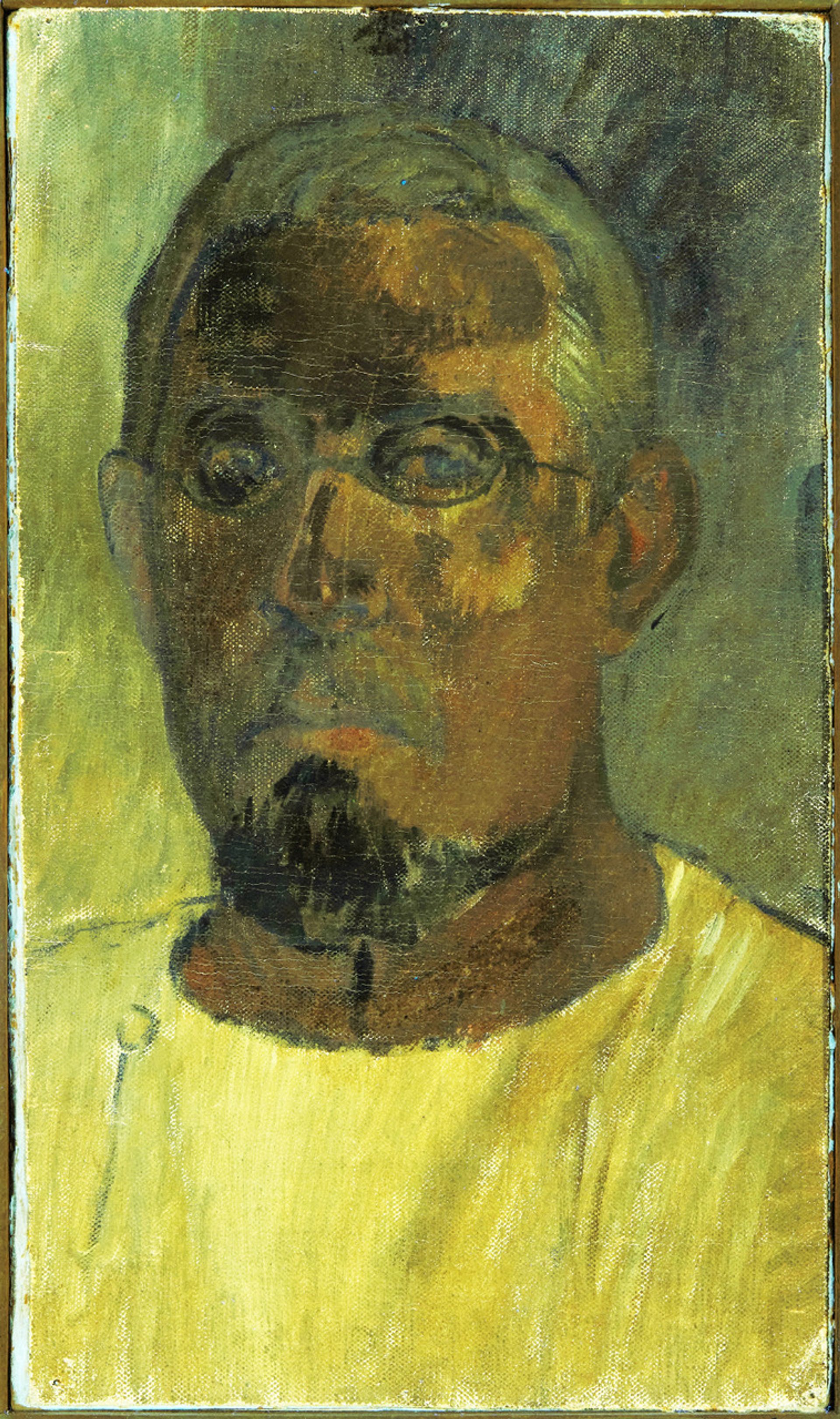
The self-portrait under ultraviolet light. Some of darker areas of the face are overpaint
Kunstmuseum Basel, Vermächtnis Dr. Karl Hoffmann. Photo: Max Ehrengruber
Fourmanoir’s argument that the original painting had been made by Gauguin’s Vietnamese friend from a photograph is rejected in the statement, however the Kunstmuseum Basel does concede that it was “possibly [done] with the artist enlisting the help of Nguyen Van Cam”—although “the evidence is inconclusive”.
In conclusion, the museum says that it is “highly unlikely that the painting is a later forgery” and it is “more likely that it was produced by Gauguin”.
The Wildenstein Plattner Institute, which publishes the Gauguin catalogue raisonné, examined the painting on 9 October. Its specialists confirmed the attribution.
As for the provenance, the painting was given by Gauguin to Ky Dong in 1903, who two years later gave it to Louis Grélet, a friend. Grélet put it up for sale at Sotheby’s in 1924 but it failed to sell. The painting was then bought by Louis Francis Ormond (related to the artist John Singer Sargent). In 1928 it was acquired by the Basel-based paediatrician Karl Hoffmann, who bequeathed it to the museum in 1945.
The retouching was most likely done just before or after the 1924 Sotheby’s auction, by an unknown hand. There are no plans to remove the retouches, since some of Gauguin’s original paint on the face has been damaged and the 1918-26 additions are part of the picture’s history. The self-portrait has now been returned to the Kunstmuseum Basel’s permanent collection display.


